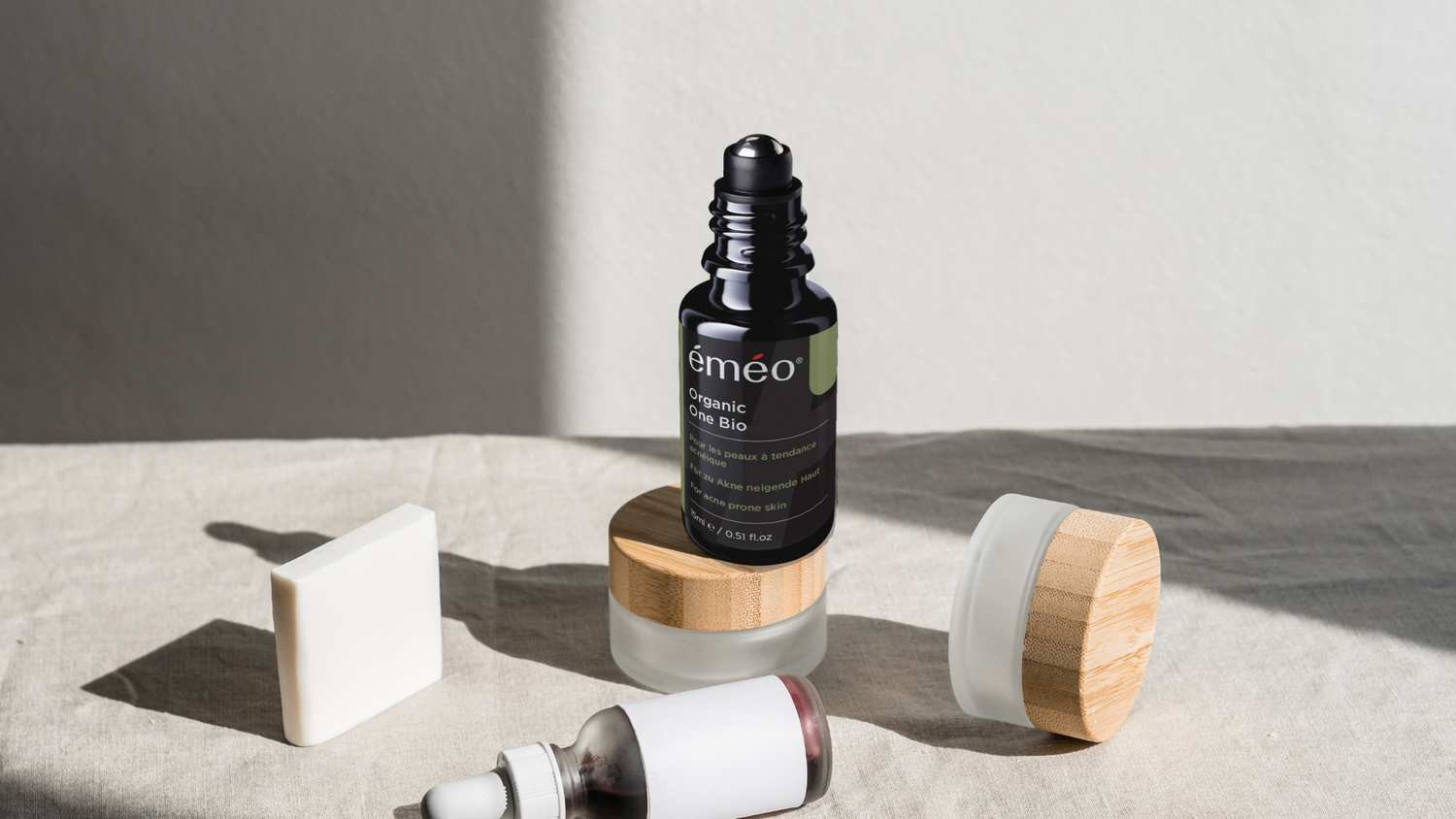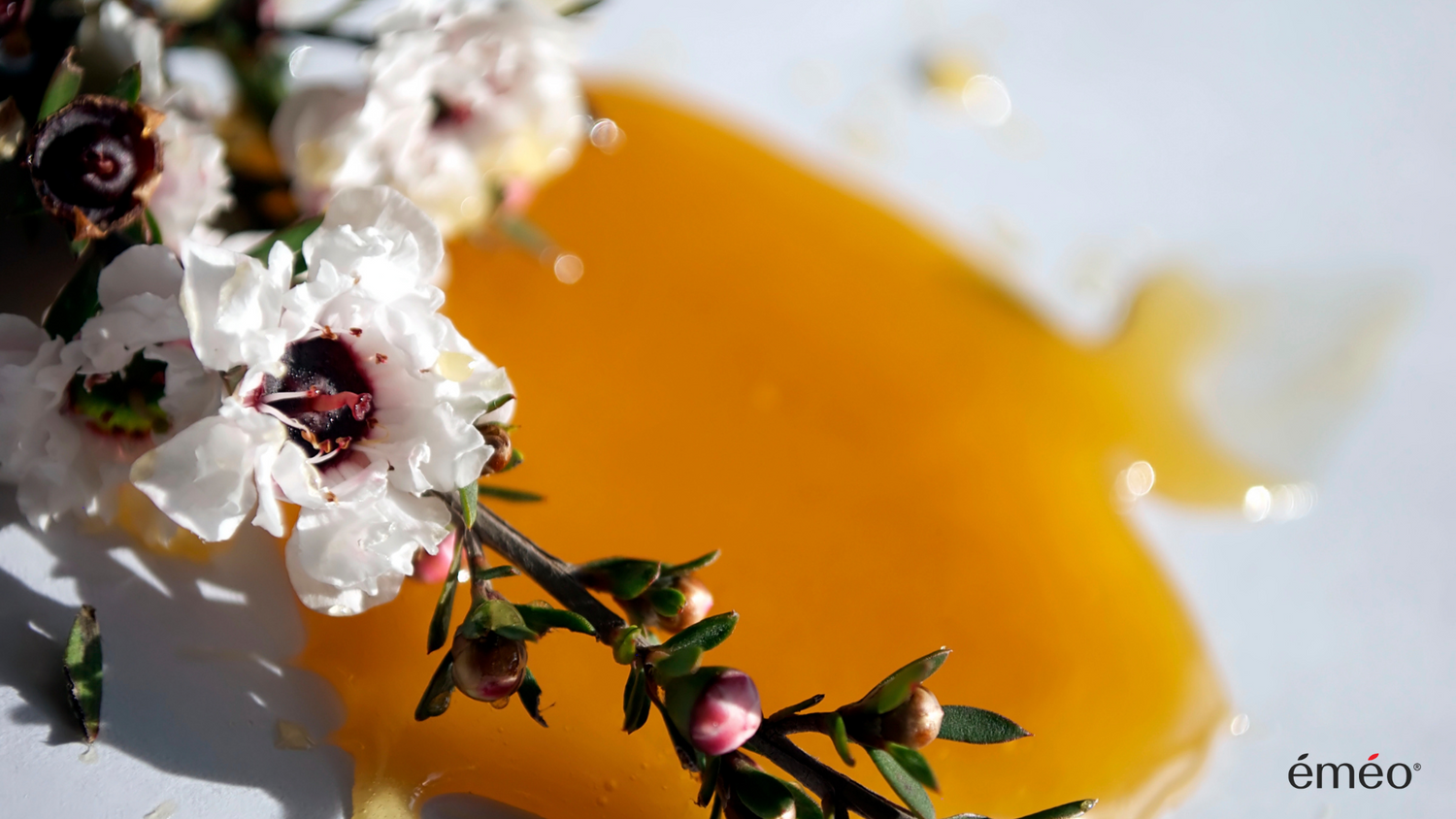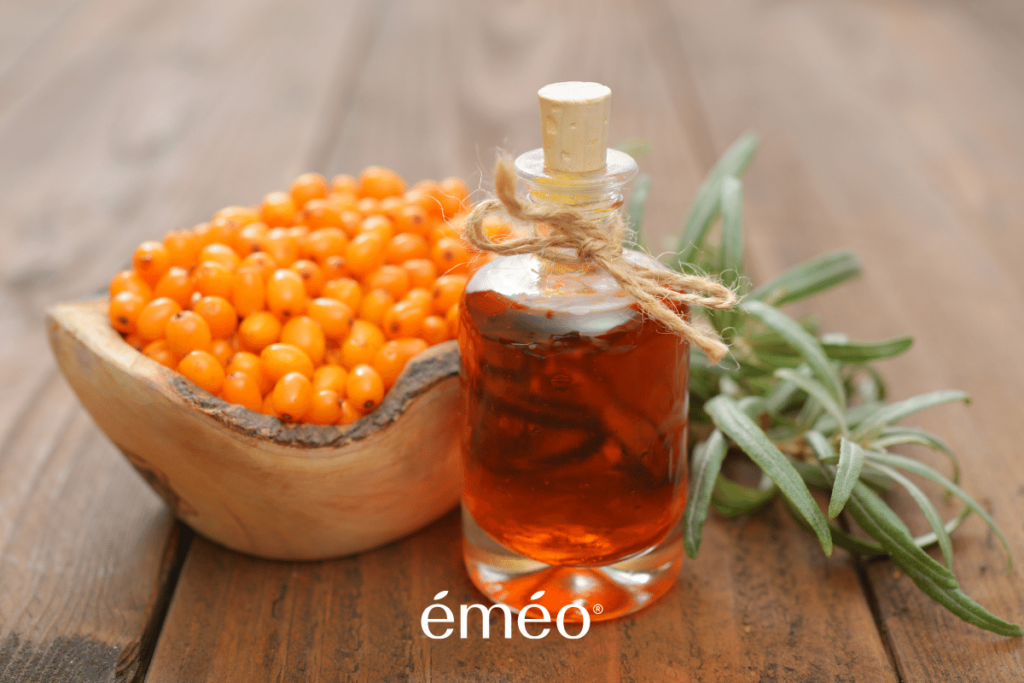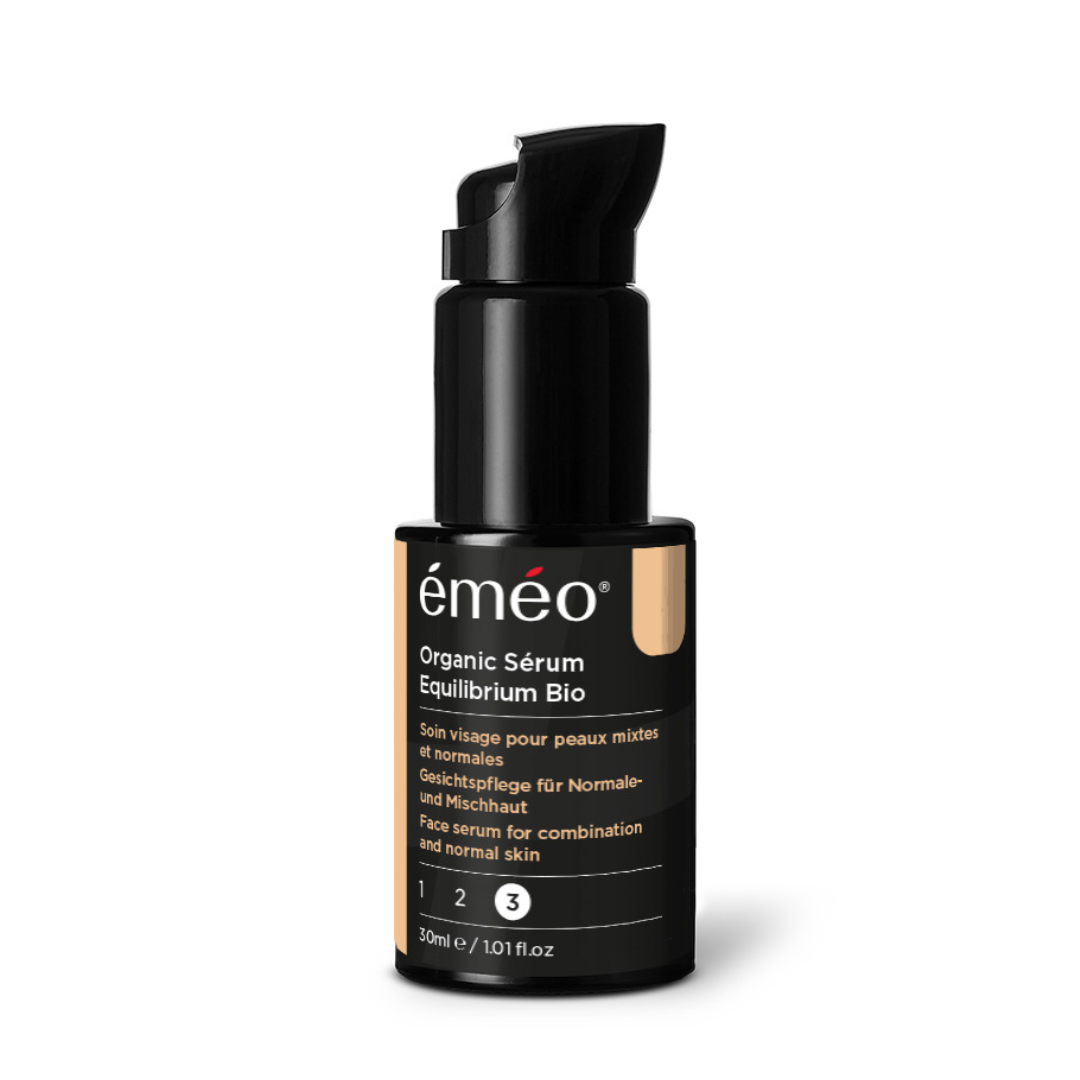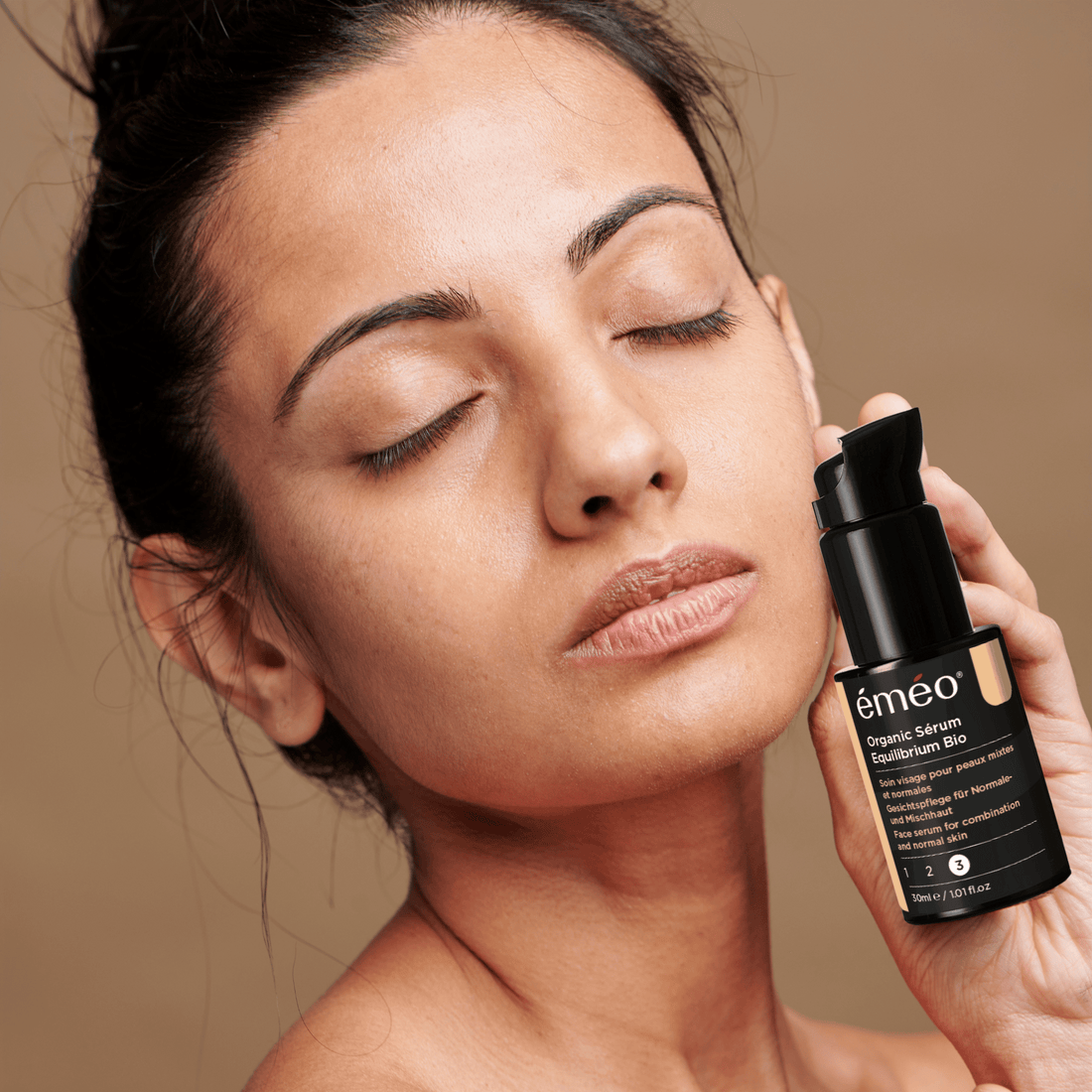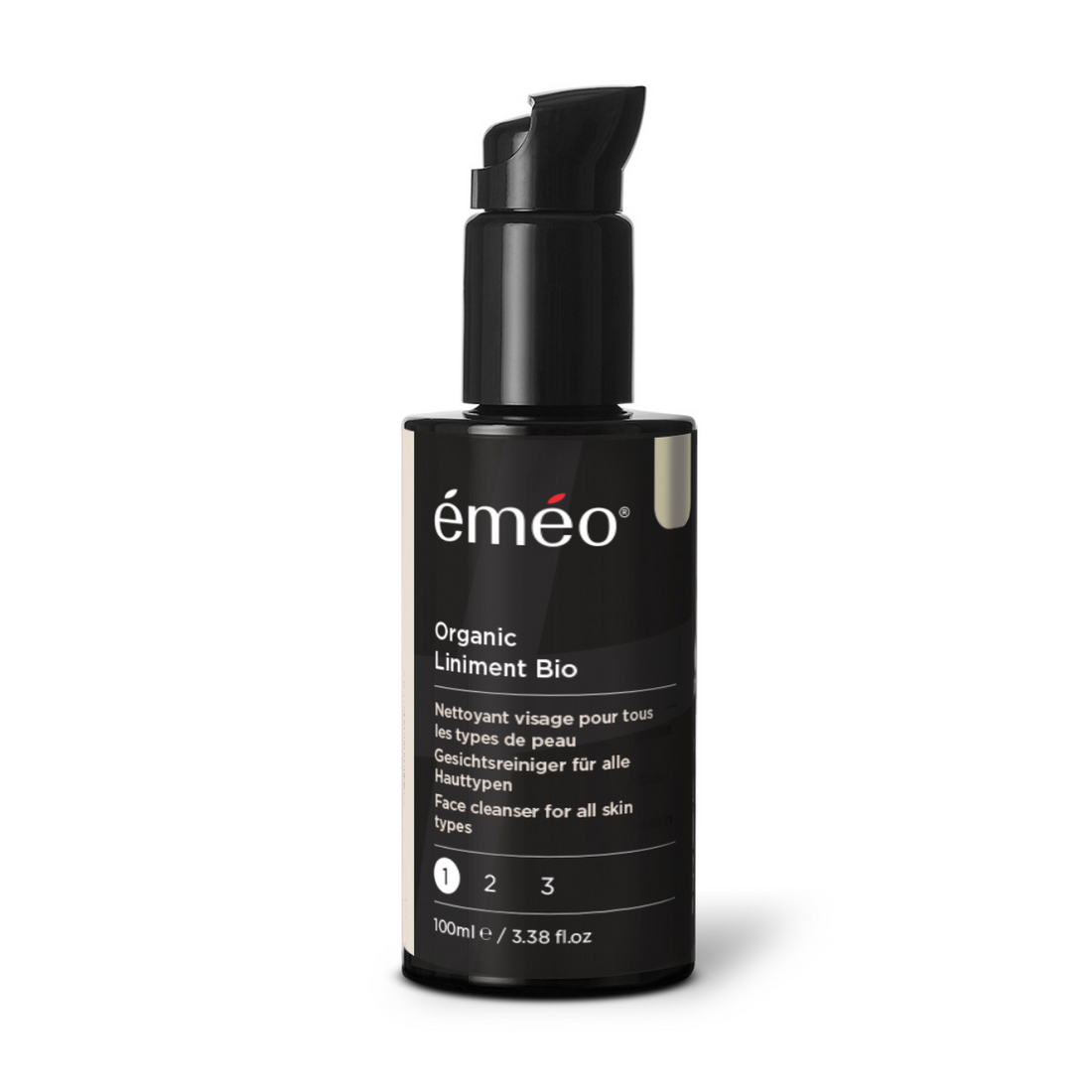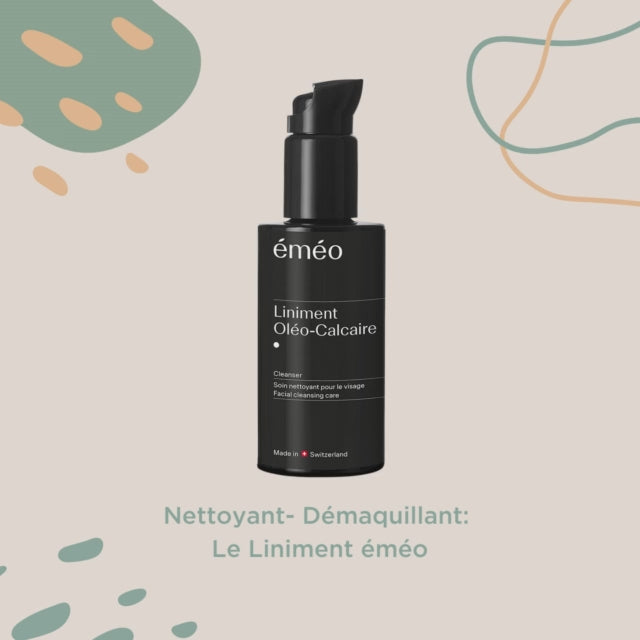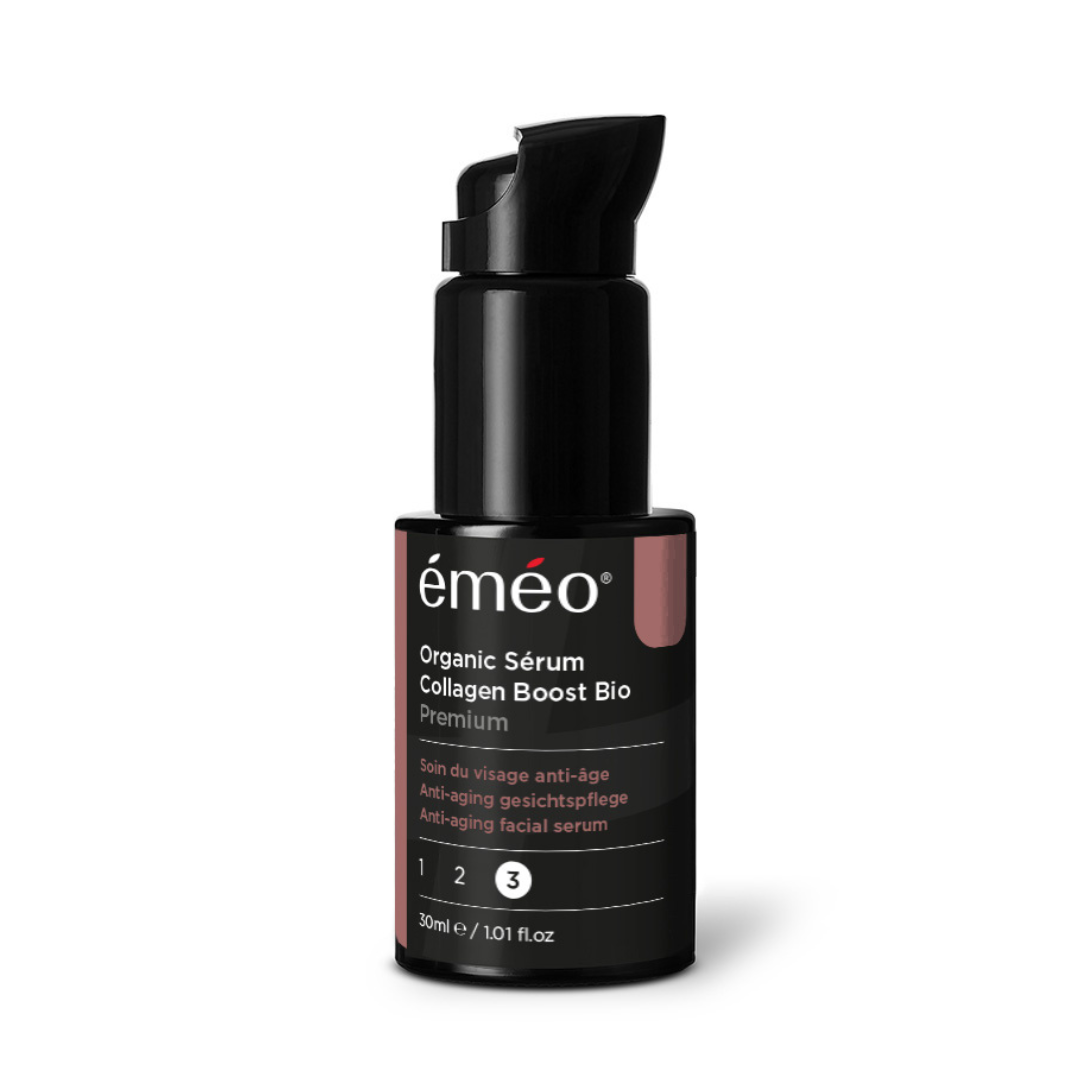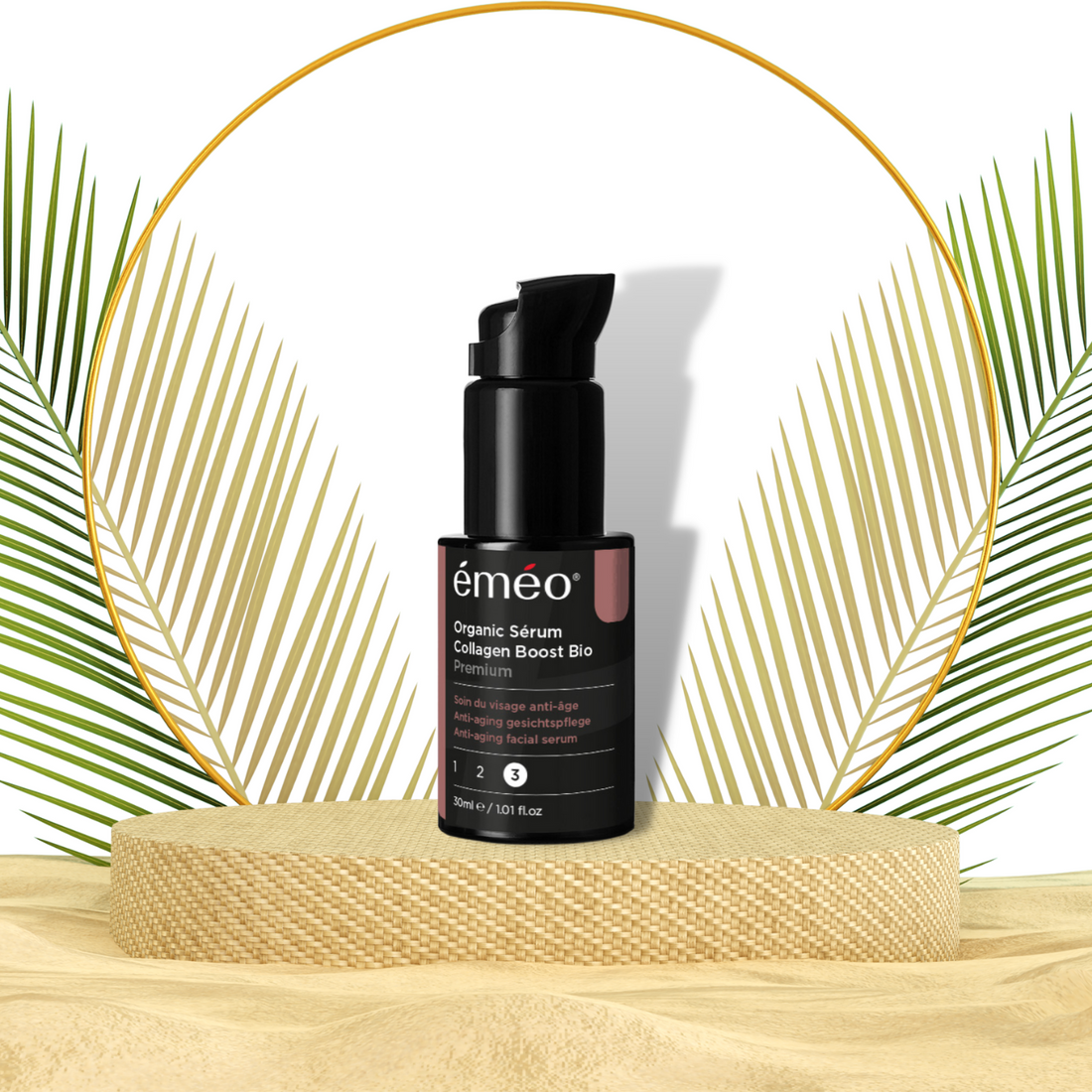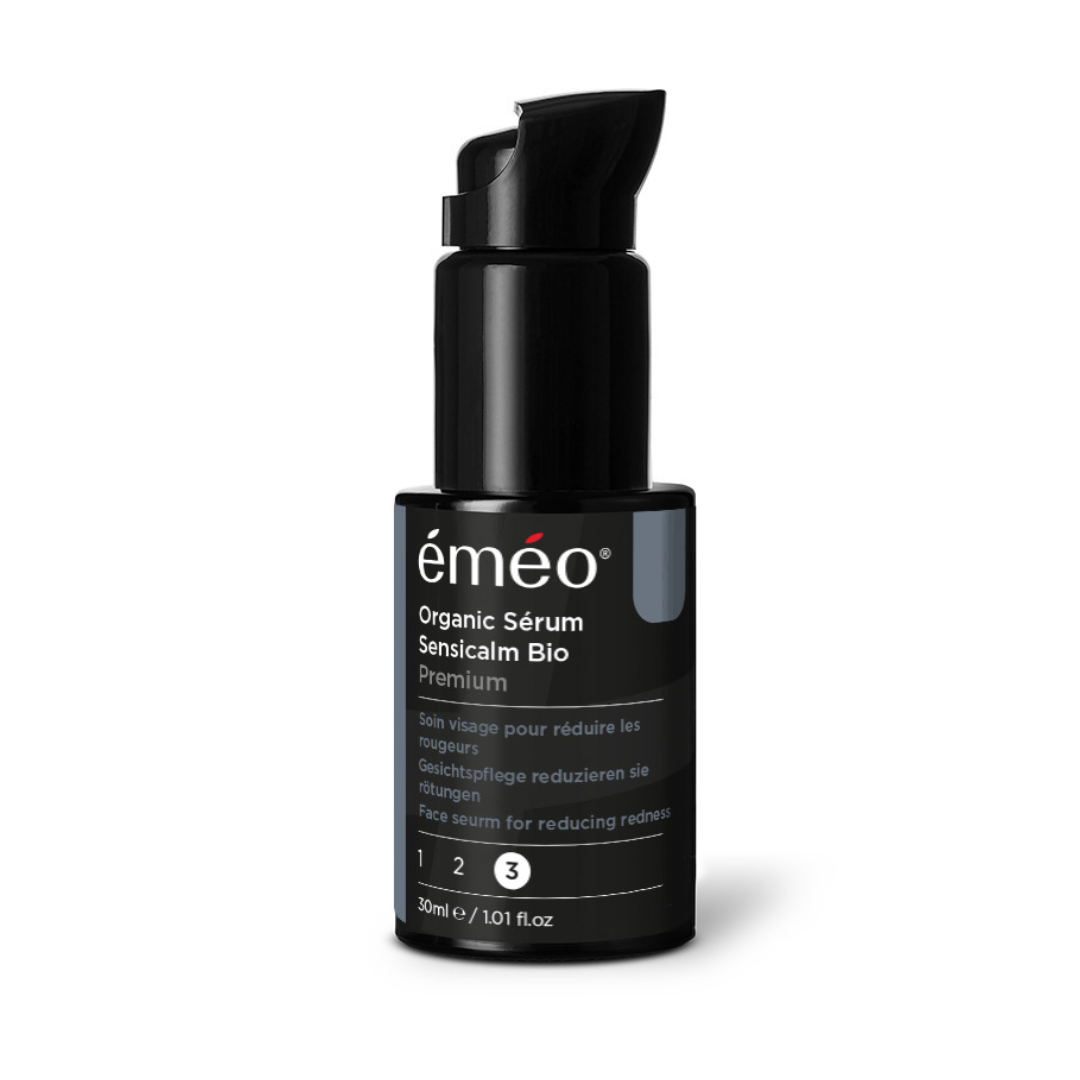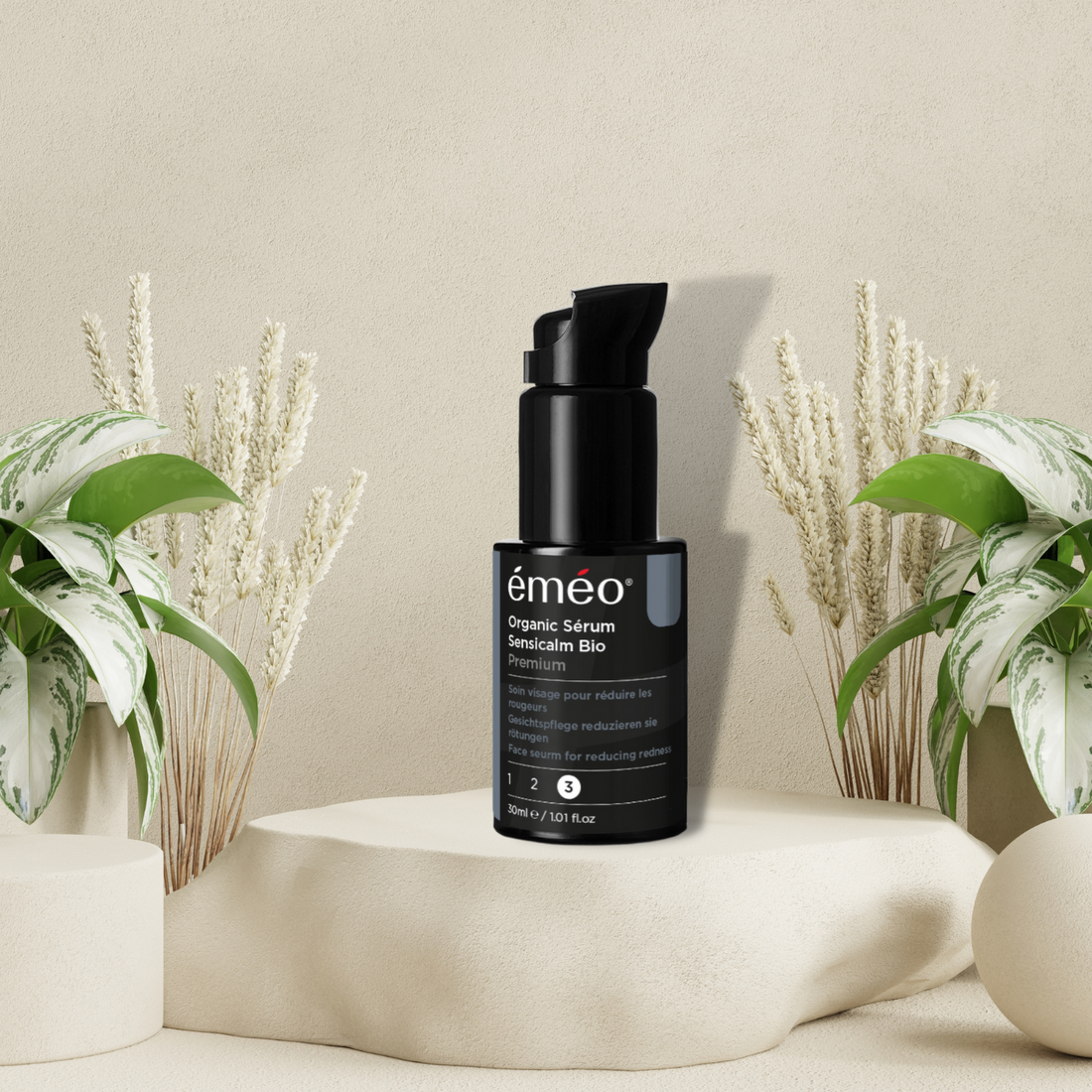Have You Ever Felt the Discomfort of a Microcyst Without Knowing Its Name? Discover the Causes, Symptoms, and Solutions to Treat Microcysts, Whiteheads, and Under-the-Skin Bumps.
What is a Microcyst?
Microcysts, these small subcutaneous formations, can prove to be unpleasant companions. An inflamed microcyst is the result of a clogged skin pore. If you've ever noticed a red bump under the skin, you've probably encountered a microcyst. These painful and unsightly protrusions can be confusing. Understanding how a clogged pore leads to a microcyst is essential to treating this skin issue.
Frequent causes
Microcysts occur under various conditions, including as part of acne, during periods of intense stress, or following excessive skin exfoliation. Excessive sebum production by the sebaceous glands plays a key role in their appearance. When sebum levels increase, skin pores become clogged, creating an environment conducive to bacterial entry. Propionibacterium Acnes, bacteria naturally present on the skin, can then enter the pores and thrive in an anaerobic environment, devoid of air and light.
Inflammatory Process and Symptoms
When a bacterial infection occurs, the body responds by sending white blood cells to neutralize the intruder. This inflammatory reaction leads to the formation of a red bump under the skin, commonly called a microcyst. Sometimes, a small white bump appears on the surface of the microcyst. Although tempting, popping this bump is strongly discouraged. Indeed, this action risks introducing more bacteria, thereby prolonging inflammation and delaying the resolution of the microcyst.
Care and Prevention
To effectively combat microcysts, it is important to take action on multiple fronts. Here are some steps to follow:
Regulation of Sebum Production
Regulating sebum production is essential to prevent the formation of microcysts. Plant oils such as jojoba and grape seed have been recommended to help the skin balance its fatty acids.
Certain essential oils, such as rose geranium, ylang-ylang, and cedar atlas, can also support this action.
Skin Cleansing
Regular skin cleansing is essential to avoid the buildup of sebum and dirt. However, it is crucial to choose gentle cleansing products to avoid stripping the skin and worsening the problem. Liniment is an excellent choice for cleansing, followed by Hydro-floral tonic to balance sebum production.
Reducing Inflammation and Eliminating Bacteria
To reduce inflammation and treat bacteria responsible for microcysts, the use of the ONE roll-on has proven effective for many people. Additionally, the Acnérium serum, enriched with plant oils and essential oils, can help alleviate inflammation and prevent overinfection.
Exfoliation to Avoid Pore Obstruction
An essential element of your microcyst care routine is regular exfoliation of the skin. This helps prevent the accumulation of dead cells that tend to clog pores, thereby creating an environment conducive to the formation of closed comedones, also known as whiteheads and blackheads. Exfoliation removes these dead cells, providing a clear passage for the skin's natural secretions and preventing hair follicle congestion.
By alternating between the use of the Bee Mine mask, rich in fruit acids that promote cell renewal, and the Rosaly powder exfoliant, you encourage skin regeneration and reduce the likelihood of closed comedones. Mixed with a bit of serum and tonic, the Rosaly exfoliant works in harmony with other products in your anti-microcyst protocol to prevent blocked pores and improve your skin's clarity.
Anti-Microcyst Protocol
From the start of your anti-microcyst protocol, the importance of preventing pore blockage, including closed comedones, is emphasized. Following this rigorous protocol will help reduce the risks of unwanted formations such as whiteheads and blackheads.
By combining steps such as regulating sebum production, gentle skin cleansing, reducing inflammation, and regular exfoliation, you create an unfavorable environment for microcyst proliferation.
By integrating these practices into your daily routine, you move closer to healthy skin, free from any skin discomfort.
Morning Routine
1. Cleanse your face with liniment.
2. Apply Rose hydrosol or Hydro-floral Tonic to restore skin balance.
3. Use aloe vera gel to soothe and moisturize the skin.
4. Apply the ONE serum, rich in Nigella oil and anti-inflammatory and antibacterial essential oils.
Evening Routine
Repeat cleansing with liniment.
Use hydrosol to balance the skin's pH and deliver distilled plant actives.
Apply Acnérium or Alpha-lift Premium serum, containing fruit acids for gentle exfoliation.
During the day, always have the ONE roll-on with you to avoid handling microcysts, which could worsen inflammation and prolong healing.
Conclusion
Microcysts may seem frustrating, but with proper care and treatments, their appearance can be mitigated, and their duration reduced. By taking measures to regulate sebum production, gently cleanse the skin, reduce inflammation, and eliminate bacteria, you can minimize the effects of microcysts on your skin.
By following a regular protocol and using targeted products, you can expect to see positive results in about a week. Take care of your skin and bid farewell to unwanted microcysts!



